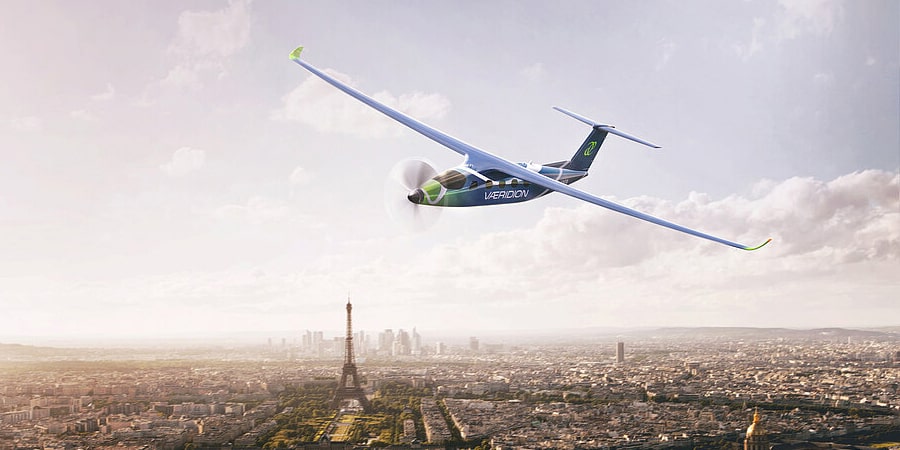Vaeridion & Customcells announce aviation cooperation
The German battery cell developer and producer Customcells from Itzehoe has agreed on a cooperation with the Munich-based electric aircraft start-up Vaeridion. The aim is to work together on the development of cylindrical cells that meet the certification requirements for use in electrically powered aircraft.
Vaeridion wants to build small electric aircraft with space for two pilots and nine passengers. The Microliner is said to offer a range of up to 500 kilometres. The batteries will be integrated into the wings, not the fuselage. The goal is certification by the end of 2028, with market launch before 2030.
The microliner is to take off and land in the conventional way (eCTOL = “electric conventional take-off and landing”) in contrast to the vertical take-off and landing eVTOL (“electric vertical take-off and landing”). Numerous start-ups are currently developing eVTOLs in particular, and Customcells is also active in this field – via a partnership with Lilium, another company from Bavaria.
The projected market size for eCTOL aircraft is between 5,000 and 10,000 aircraft by 2040, according to the Customcells announcement, and would require up to eight GWh of cylindrical cells per year for series production and in-service replacement.
“Electrifying aviation is an extremely important building block on the road to sustainable mobility. We are delighted that CustomCells can support VÆRIDION’s exciting project. Our high-performance battery cells are a central element for this visionary project,” says Dirk Abendroth, CEO of Customcells Group.
“High-energy-density batteries are an important requirement for regional air mobility with eCTOL aircraft such as the VÆRIDION Microliner. We are excited to work with CustomCells and build on their expertise in developing and industrializing specialty cells for high-power requirements,” said Ivor van Dartel, Co-Founder and CEO of Vaeridion. “The fact that CustomCells is strongly focused on industrialization and scaling up production gives us the confidence to reach the number of cells we need for the extensive task of testing, verifying, and validating the Microliner.”





0 Comments